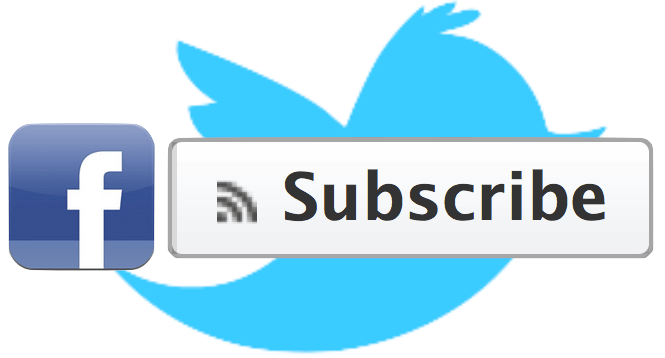4 months after it launched its Twitter-style asymmetrical Subscribe feature, Facebook and its Journalist Program Manager Vadim Lavrusik’s efforts to weaken Twitter’s stranglehold on breaking news are paying off. The company just announced that thousands of journalists now use Subscribe, including 50 reporters from The New York Times and 90 from the Washington Post. If Facebook can get your favorite journalists publishing through Subscribe, you’ll have less need for Twitter. Next I hear it’s setting its sights on getting celebrities and entertainment tastemakers onboard.
Additionally, Facebook released some best practices for how journalists can maximize the engagement (Likes, comments, and shares) on their posts.
Though very late to the game, Facebook has been deeply incentivizing use of its asymmetrical Subscribe feature. Facebook makes it easy to accumulate Subscribers. It publishes a news feed story to your friends when you Subscribe to someone, and offers suggestions of “People to Subscribe to” in its sidebar (check out your personalized Subscription recommendations here). There’s an embeddable Subscribe button for websites available, and Facebook’s Comments Box plugin shows links to Subscribe to commenters.
An informal opt-in poll of 25 journalists using Subscribe found they grew their Subscriber count by 320% in November 2011. I concur. In the last month my Subscriber count has shot up from 2,500 to over 13,000 — much larger than my follower count even though I’ve been on Twitter for years. Unfortunately there’s still no way to publish to subscribers without blasting your friends too, so I don’t publish my articles to my subscribers as often as I’d like.
Subscribe poses a very real threat to Twitter. With time it could severely reduce the growth potential and unique value of Twitter by bringing its functionality and content to Facebook’s more popular network. To make that happen Facebook needs to convince prominent publishers across verticals to at least syndicate their content to the news feed. That’s why Facebook has a whole outreach team dedicated to marketing Subscribe to the world’s top individual content producers.
The raw, unfiltered Twitter feed is still better suited for breaking news journalism. However, the fact is most people don’t need an entire social network just for following their interest graph. As more journalists, musicians, actors, and athletes allow Facebook Subscribers, the feature will be good enough and more convenient. Twitter may need to fight back by stepping up its outreach and trying to persuade its top personalities not to use Subscribe. But with the Facebook news feed’s connection to 800 million users, that’s going to be a hard sell.
Now the stats and best practices. While these are specifically about journalist, anyone can use these tips to make their Facebook posts more popular:
- 25% of posts contain a question, these receive 64% more engagement
- 62% contain a link, and they receive 20% referral clicks if journalists include analysis with the links
- 30% contain promotional language such as “Read my link”, these receive 37% more engagement than the average post
- 12% contain photos which receive 50% more Likes than posts without photos, and 13% contain videos
- Breaking news and current events coverage gets 3x as many Likes and 2x as many share, controversial stories see 2x the Likes and shares.
- Including a shout-out to one’s readers ups feedback 4x, while asking for recommendations ups comments by 3x
- Humor can increase Likes by 1.5x and shares by 5x
So according to Facebook’s research, the optimal post would be: “Hey my awesome subscribers, click this link to read breaking news coverage of this controversial topic. What should I cover next? lolz. [photo thumbnail]”

